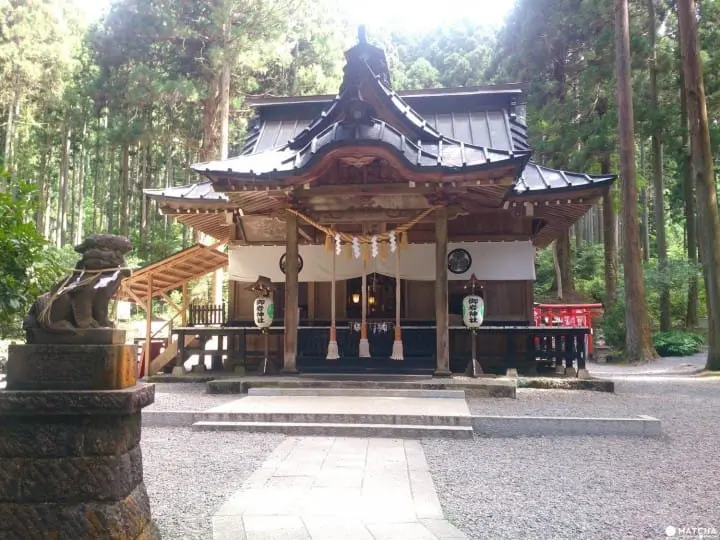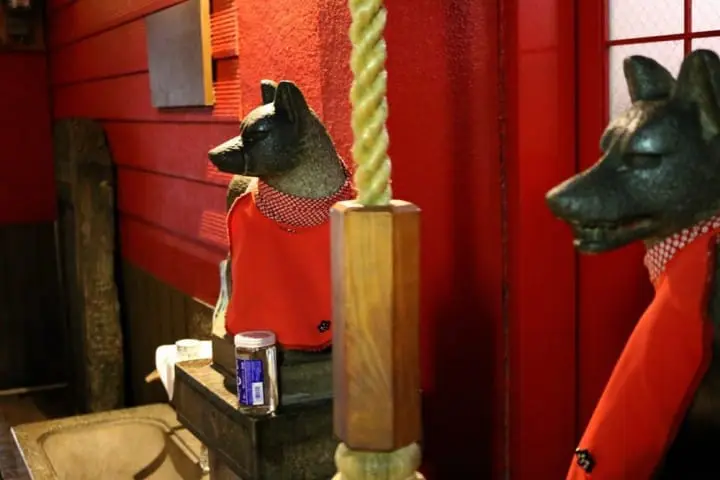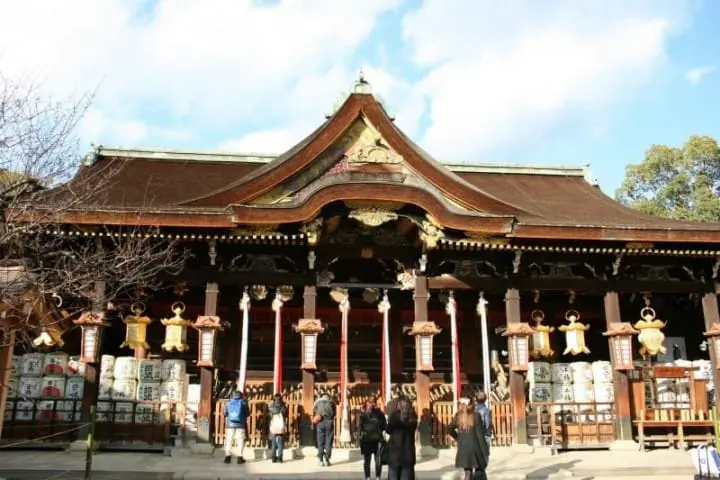Start planning your trip


Many visitors come to Japan to see the historical shrines that dot the landscape, but there is some basic vocabulary to learn if you want to truly appreciate the different aspects of Japanese beliefs. Here are key points to know at Shinto shrines.
Photo from: Oiwa Shrine In Hitachi, Ibaraki - Feel The Power Of A Sacred Mountain
Shinto is the indigenous religion of Japan, thought to have existed nearly 200 years before the earliest forms of Christianity. It has existed as an ethnic religion in Japan ever since, although it has undergone many changes and adaptations over the centuries, and still permeates various aspects of everyday life as well.
Most of the deities that figure in Shinto come from nature, with the sun and mountains being two common ones. Thanks to the unique landscape and natural disasters that occur with some frequency in Japan, it's no wonder that nature itself would form the basis of Japanese belief. For this reason, many Shinto shrines are located on mountainsides, or near large, natural sites, or even out in the ocean itself.
Japan is also a Buddhist country, although there aren't any conflicts between Buddhism and Shinto in the modern era. Many different Shinto deities were worshiped in various ways all across the country until about the 6th century when Buddhism was brought to Japan. At this point, in order to differentiate it from these indigenous beliefs, the faith was organized and the term Shinto (meaning 'Way of the Gods'), was created.
Generally speaking, temples are Buddhist and shrines are Shinto, although they both share many of the same features. See Temples, Shrines and Charms - A Summary of Japanese Religion for more about the differences between these faiths.
While there are many different types of shrines in Japan, two of the most common are Inari shrines and Tenmangu shrines. If you would like to learn more about how shrines are named, check out Things You Don’t Often Hear: The Difference Between “Jinja”, “Taisha”, “Jingū” And “Gū”.
Photo from: Toyoiwa Inari Shrine - A Hidden Shrine in Ginza
Of the numerous shrines in Japan, Inari shrines are in the majority, with about 32,000 of them located all across Japan. Because of their popularity, they are often affectionately called O-Inari-san, or O-kitsune-san, thanks to the fox statues that adorn them. Foxes, kitsune in Japanese, were thought to be the divine messengers of the god that resides in Inari shrines, and thus the name stuck.
Photo from: Kitano Tenmangū Shrine, Kyoto- Offer A Prayer To The God Of Scholars
On the other hand, a popular type of shrine with students is the Tenmangu, with more than 12,000 of them in Japan. Tenmangu shrines worship Michizane Sugawara, a noted scholar and nobleman from the 9th century, who became revered as the God of Learning and is prayed to by those about to take tests or exams.
Written by
This account is managed by MATCHA. We aim to provide useful information to our readers in an enjoyable manner.


